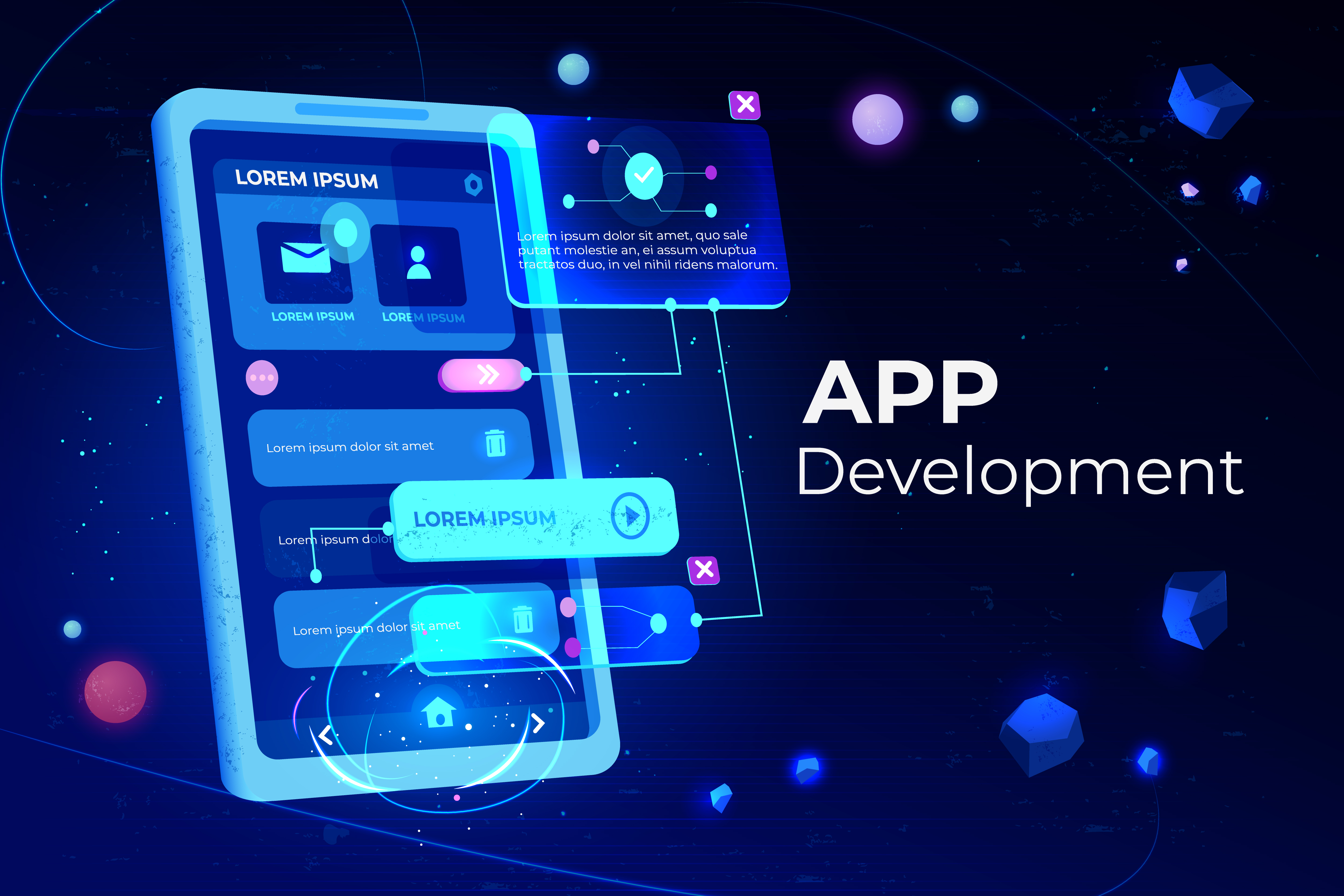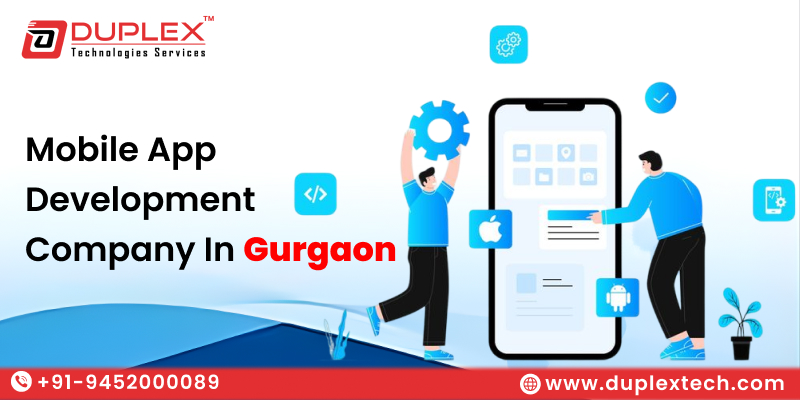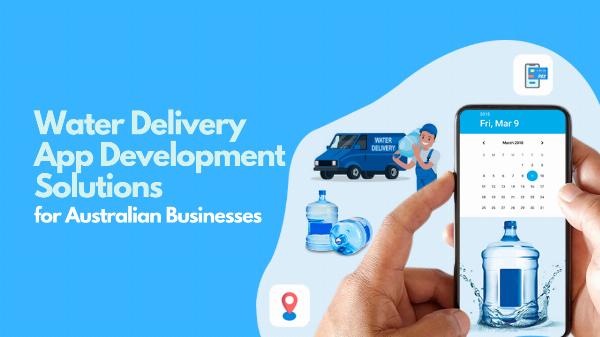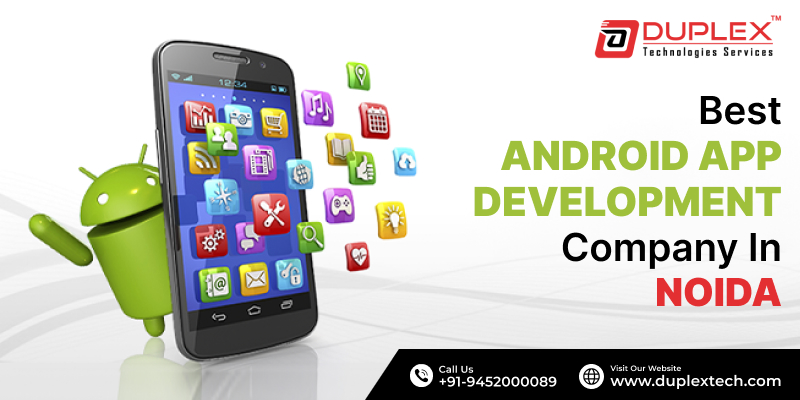Essential Tech Stack for dApp Development in 2025: Frameworks, APIs & More

The blockchain space continues to mature at a steady pace in 2025. What began as a niche domain focused primarily on cryptocurrencies has now evolved into a full-fledged industry supporting real-world solutions through decentralized applications, or dApps. From finance and gaming to healthcare and supply chain, dApps are emerging as a core component of the next generation of the internet—Web3.
✍️ If you want to know what separates a successful app from one that fails, our app development guide covers planning, UI/UX, testing, and maintenance strategies used by leading developers.
For developers and businesses looking to build effective dApps, choosing the right tech stack is no longer a matter of trend, but a necessity. With dozens of tools, networks, APIs, and frameworks available, the decisions made at the architectural level can directly impact a dApp’s scalability, security, and adoption. Whether you are an independent developer or part of a larger blockchain development company, having clarity on the current tech stack essentials is key to building impactful solutions.
What Makes a Tech Stack "Essential" in 2025?
An essential tech stack refers to the collection of technologies that support a dApp throughout its lifecycle, starting from development and testing, to deployment and maintenance. As the ecosystem has grown, modular components have become more defined. The focus in 2025 is now on interoperability, performance, security, and developer efficiency.
Unlike earlier years, where developers were locked into rigid ecosystems, today's tools are more composable and open. Many blockchain development services now focus on curating tools that enable quicker prototyping without compromising on performance. The modularity of tools also enables teams to update or swap individual components based on the evolving needs of the project.
Programming Languages and Smart Contract Platforms
At the heart of any dApp is a smart contract. Writing and deploying reliable smart contracts requires knowledge of appropriate programming languages that match the blockchain network being used.
Solidity remains the leading language for Ethereum and Ethereum-compatible blockchains. Its syntax is similar to JavaScript, making it approachable for many developers. Solidity has matured significantly and offers better error handling, structured data types, and static analysis tools. Developers working on EVM-compatible chains like Arbitrum, Optimism, BNB Chain, and Polygon continue to rely on it.
For teams looking to build on non-EVM chains, the languages vary. Rust is the go-to for building smart contracts on platforms like Solana, NEAR, and Polkadot. It offers strong memory safety and better performance due to its low-level control. Developers who prioritize speed and efficiency often lean toward Rust-powered networks.
In parallel, Move has gained traction with chains like Aptos and Sui. It introduces resource-oriented programming, making it easier to manage digital assets natively. While still emerging, Move is being explored by blockchain development companies focused on next-gen financial dApps.
Node Infrastructure and Network Choice
Choosing the right blockchain network plays a big role in determining performance and cost. Ethereum remains the most used L1 for its security and decentralization. However, due to congestion and high gas fees, many projects are opting for Layer-2 networks.
Optimistic rollups like Optimism and Arbitrum, and zero-knowledge rollups like zkSync and Starknet are widely used in 2025. These Layer-2s reduce costs while maintaining the security guarantees of Ethereum. For gaming and real-time applications, high-speed chains like Solana or Avalanche are favored for their lower latency.
Accessing blockchain data typically requires a node. Running full nodes is resource-intensive, so many teams use third-party node providers. These services allow access to blockchain networks via APIs, enabling easier querying and transaction submission. Popular node APIs now support load balancing, analytics, and request caching, which helps improve dApp responsiveness and reliability.
Frameworks for dApp Development
The frameworks used to build and deploy dApps help streamline development and ensure modular, maintainable codebases.
Hardhat remains a dominant framework in 2025 for Ethereum-based development. It supports Solidity compilation, contract deployment, local testing, and scripting. Hardhat also integrates seamlessly with popular testing tools like Mocha and Chai.
Foundry is growing rapidly among experienced developers for its speed and CLI-based workflow. Written in Rust, it offers faster compilation and tight integration with Solidity. Foundry’s popularity is especially strong among teams working on performance-heavy DeFi projects.
Anchor is still the framework of choice for Solana developers. It simplifies Rust-based smart contract development with macros and boilerplate code generation. For Move-based chains, developer kits provided by the chains themselves (like Sui Dev Kit) are standard.
On the frontend side, frameworks like Next.js and SvelteKit are widely used to build Web3 user interfaces. These tools offer server-side rendering and fast refresh, making them ideal for dynamic dApp experiences.
Frontend Libraries and Wallet Integration
Interacting with blockchain networks from a browser or mobile app requires wallet support and transaction handling.
In 2025, wagmi and web3modal have become staples for wallet connection in EVM dApps. These libraries make it easy to integrate multiple wallets including MetaMask, Coinbase Wallet, and hardware wallets via WalletConnect. Wagmi also supports contract reading, writing, and caching out of the box.
RainbowKit continues to be favored for aesthetic and developer-friendly wallet onboarding flows. On non-EVM chains like Solana, Solana Wallet Adapter handles integration with Phantom, Solflare, and other local wallets.
These libraries now support more complex operations like session management, gasless transactions via relayers, and automatic network switching—all features that contribute to smoother user experiences.
APIs and Indexing Services
Blockchain data is inherently hard to access in real time. This is where indexing services come in. Tools like The Graph, Subsquid, and others help developers query structured blockchain data using GraphQL or REST APIs.
In 2025, more dApps are relying on custom indexers. Building and hosting custom subgraphs allows teams to fetch dApp-specific events, user balances, and historical activity quickly without overloading frontend performance.
APIs also play a big role in integrating external services like fiat on-ramps, NFT metadata, and price feeds. Chainlink remains a core service for decentralized oracles, providing access to real-world data like crypto prices, weather information, and economic indicators.
APIs for gas estimation, identity verification, and analytics are now common in dApp tech stacks, often bundled via SDKs to reduce complexity.
Storage and File Systems
Most dApps need to store off-chain data—whether it’s user-generated content, metadata, or large media files. This is where decentralized storage systems come into play.
IPFS (InterPlanetary File System) remains widely used for immutable storage. However, in 2025, IPFS-based services like Filebase and NFT.Storage offer better reliability, pinning services, and content delivery through edge caching.
For more dynamic or structured data, Arweave and Bundlr are used to store permanent records. These are favored for projects needing long-term archival like DAOs, media platforms, or legal records.
For performance-sensitive dApps, hybrid approaches are common. Blockchain development companies often use a mix of traditional cloud storage for less-sensitive data and decentralized storage for verifiable content to optimize costs and performance.
Testing, Auditing, and Security Tools
Security remains a top concern for dApp developers, and the tech stack in 2025 reflects that. Modern tools for testing smart contracts include Foundry, Slither, and MythX for static and dynamic analysis. These tools automatically scan contracts for known vulnerabilities and logic errors.
Fuzzing tools have improved, helping uncover edge-case bugs through automated input testing. Many teams also set up continuous integration pipelines that trigger audits with every code commit, ensuring higher security standards from the start.
A growing number of blockchain development services offer smart contract monitoring dashboards. These track on-chain activity, detect suspicious transactions, and even allow for emergency pausing of contracts when needed.
DevOps and CI/CD for Web3
Incorporating DevOps practices into dApp development ensures faster iteration and reliable deployment. Tools like Docker and Kubernetes are used to containerize backend services and deploy decentralized APIs at scale.
Continuous integration pipelines in 2025 now integrate tools like GitHub Actions or GitLab CI/CD to test smart contracts, run coverage checks, and deploy dApps automatically to testnets or mainnets.
Monitoring tools have improved significantly, with dashboards that track transaction throughput, gas usage, user activity, and error rates in real time. This data is crucial for optimizing performance post-launch.
Why the Right Tech Stack Matters
With growing competition in the Web3 space, users expect fast, reliable, and intuitive applications. Selecting the right tech stack enables developers to meet these expectations while maintaining security, scalability, and cost-efficiency.
Blockchain development companies are now more focused on maintaining modular, upgradable codebases. Smart contracts often rely on proxy patterns or upgradable architectures, enabling post-deployment improvements without downtime. Developer tooling has matured, with better error messages, testing capabilities, and onboarding documentation—making it easier to bring new developers into the ecosystem.
Final Thoughts
As we move further into 2025, the dApp ecosystem is no longer defined by speculation or novelty—it’s about solving real problems. From selecting the right language and network to integrating wallets, oracles, and storage systems, every decision in the tech stack matters.
For developers or businesses looking to scale efficiently, partnering with a seasoned blockchain development company can ensure optimal tech stack choices, early-stage audits, and robust performance. Whether you're launching a DAO, a DeFi protocol, or a decentralized identity solution, aligning your vision with the right tools is what turns concepts into functional, sustainable dApps.
The momentum in the space isn’t slowing down. The opportunities are real, the infrastructure is mature, and the technology stack has never been more capable. Now is the time to build—smartly, securely, and with clarity.
Note: IndiBlogHub features both user-submitted and editorial content. We do not verify third-party contributions. Read our Disclaimer and Privacy Policyfor details.







